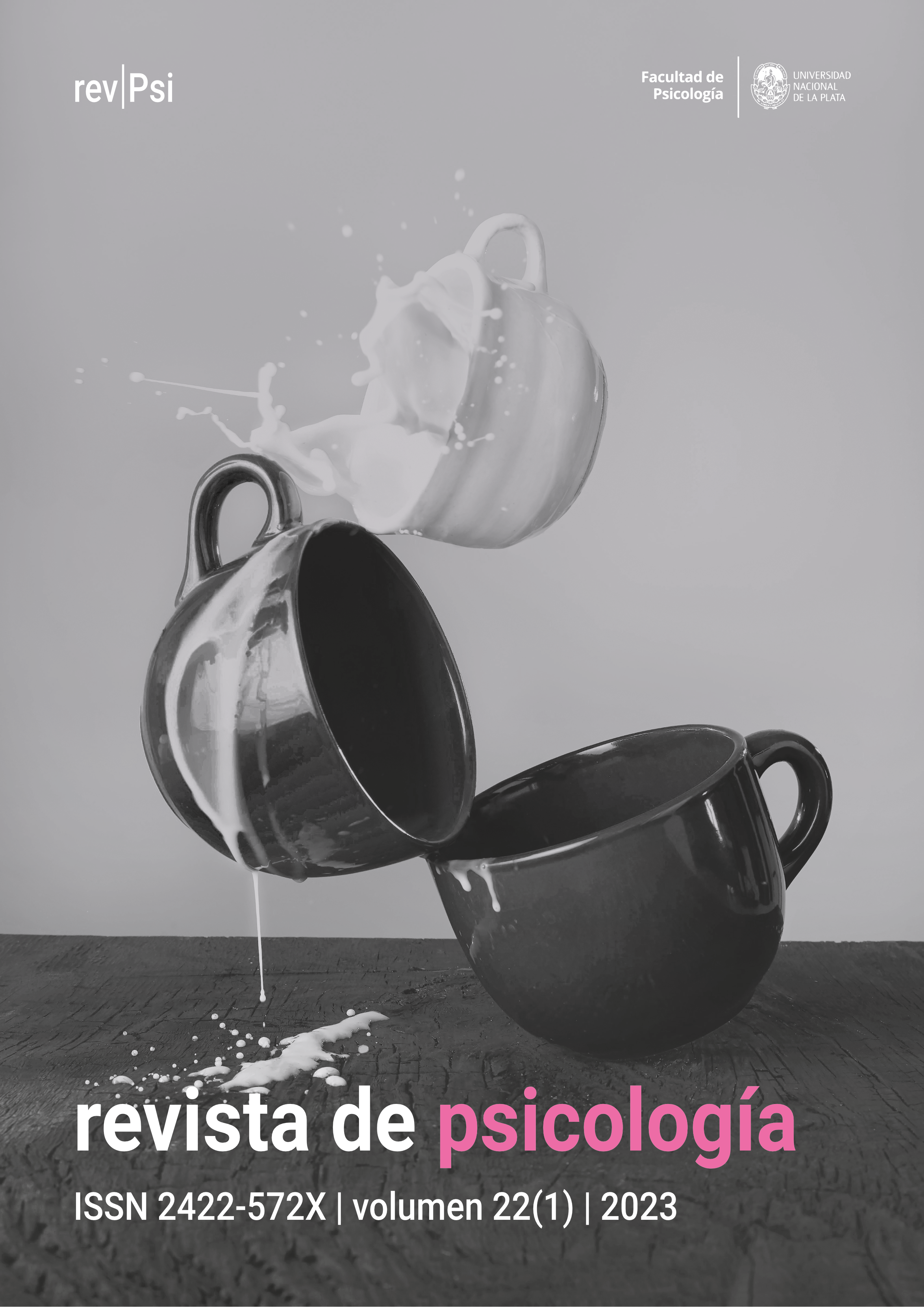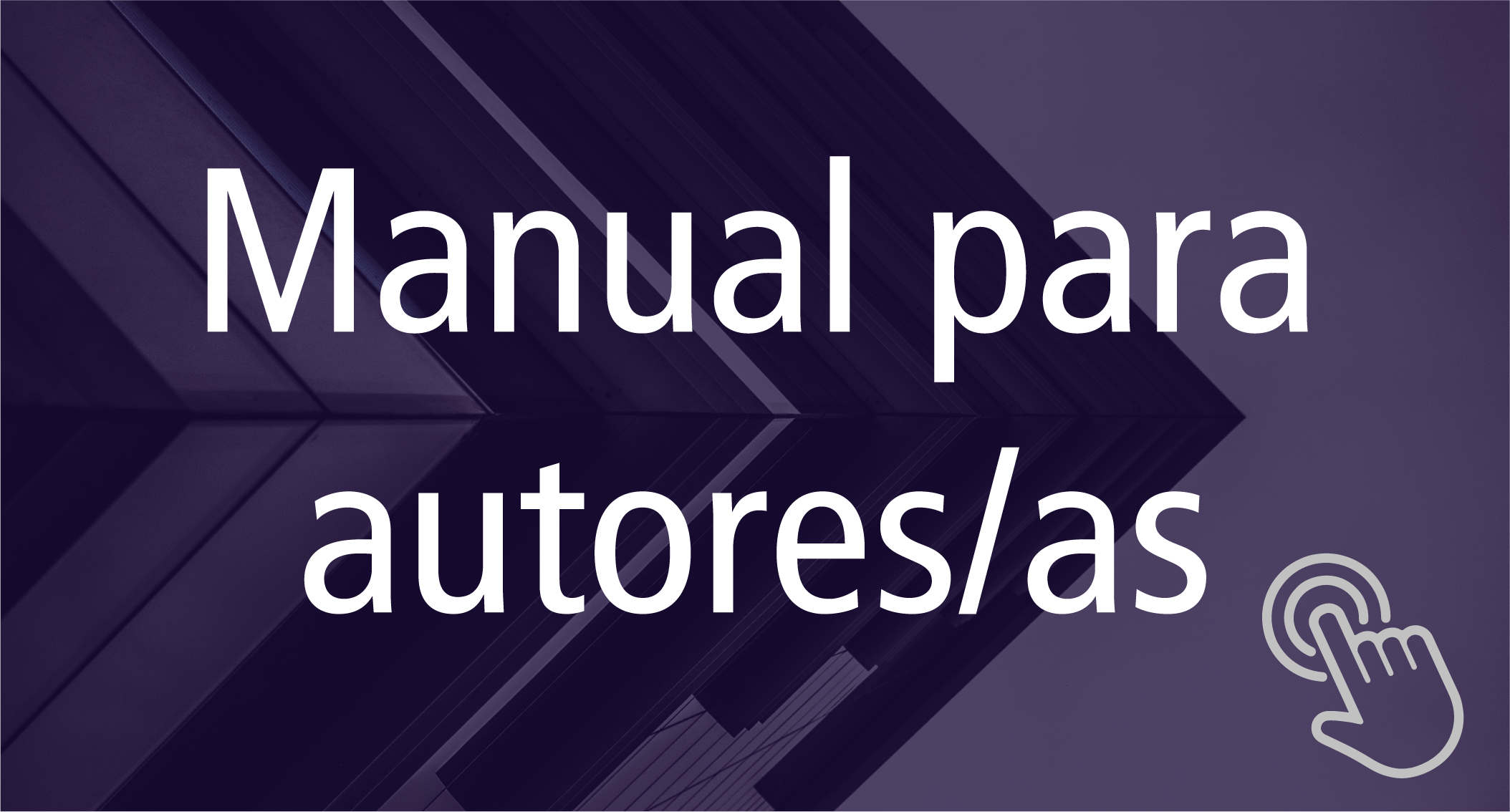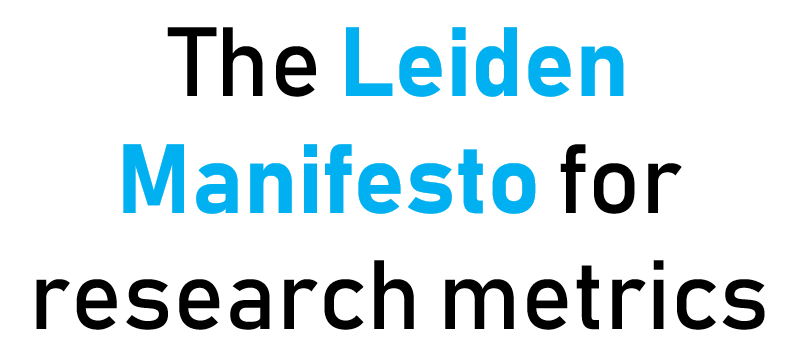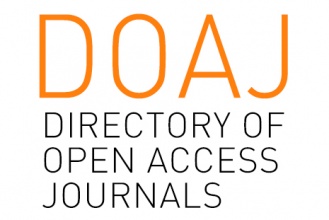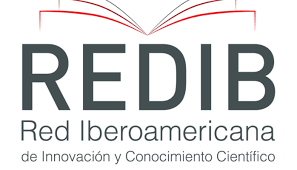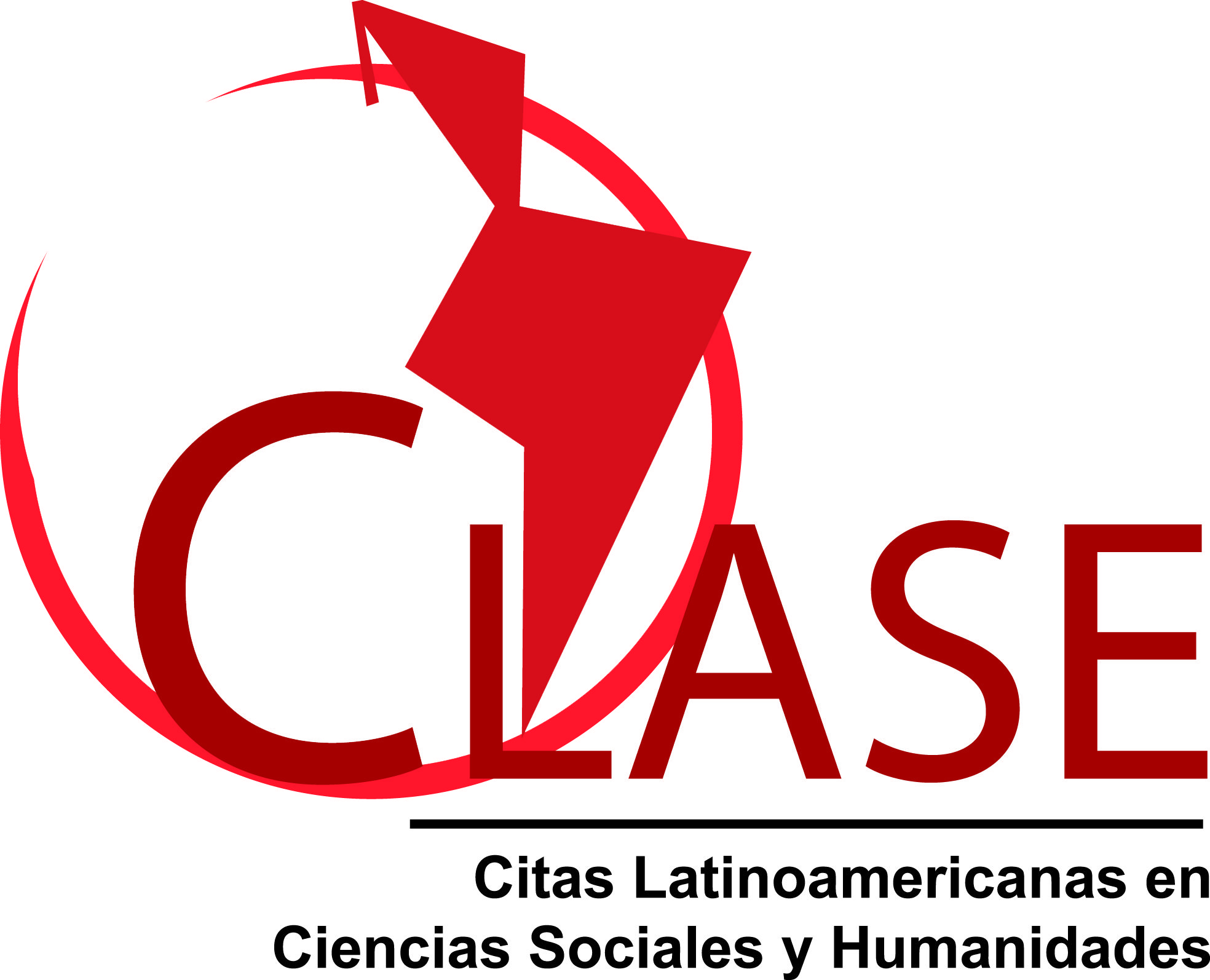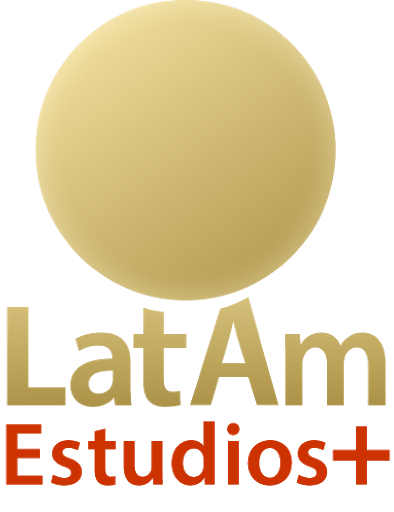Object uses and bodily anticipations in early development
DOI:
https://doi.org/10.24215/2422572Xe089Keywords:
development of intentional understanding, bodily anticipations, triadic interactions, use of objectsAbstract
There is empirical evidence that dyadic interactions contribute to the emergence of intentional understanding. However, little is known about the role that triadic (adult-object-baby) interactions play in this process. We present a qualitative analysis of four observations made at home in Ensenada (Buenos Aires, Argentina). These observations were part of a larger study in which infants' interactions with their caregivers and objects were observed once a month for 7 months. The results show that infants anticipate with their bodies the actions that adults perform using objects within triadic interactions (adult-object-infant). Infants' participation in triadic interactions contributes to the emergence of increasingly complex bodily anticipations that are coordinated with the behaviour of others and adjusted to the canonical uses of objects. It is argued that these anticipations are cases of enactive intentional understanding.
References
Abramova, E. y Slors, M. (2015). Social cognition in simple action coordination: A case for direct perception. Consciousness and Cognition, 36, 519-531. https://doi.org/10.1016/j.concog.2015.04.013
Alessandroni, N. (2020). Object concepts and their functional core: Material engagement and canonical uses of objects in early childhood education. Human Arenas. https://doi.org/10.1007/s42087-020-00119-5
Alessandroni, N. (en prensa). La semiotización cultural del cuerpo: Una base de la atribución enactiva de estados mentales. En N. Alessandroni y M. C. Piro (Eds.), Cuerpo, época y presentaciones sintomáticas actuales. EDULP.
Alessandroni, N., Moreno-Núñez, A., Rodríguez, C. y Del Olmo, M. J. (2020). Musical dynamics in early triadic interactions: A case study. Psychological Research, 84(6), 1555-1571. https://doi.org/10.1007/s00426-019-01168-4
Alessandroni, N. y Rodríguez, C. (2019). On perception as the basis for object concepts: A critical analysis. Pragmatics & Cognition, 26(2-3), 321-356. https://doi.org/10.1075/pc.19027.ale
Baldwin, J. M. (1895/1906). Mental development in the child and the race. Methods and processes. Macmillan.
Costall, A. (2013). Things that help make us what we are. En G. Sammut, P. Daanen y F. M. Moghaddam (Eds.), Understanding the self and others (pp. 66-76). Routledge.
De Bruin, L. C., y Kästner, L. (2012). Dynamic embodied cognition. Phenomenology and the Cognitive Sciences, 11(4), 541-563. https://doi.org/10.1007/s11097-011-9223-1
De Bruin, L., Strijbos, D., y Slors, M. (2011). Early social cognition: Alternatives to implicit mindreading. Review of Philosophy and Psychology, 2(3), 499-517. https://doi.org/10.1007/s13164-011-0072-1
De Jaegher, H., Di Paolo, E., y Gallagher, S. (2010). Can social interaction constitute social cognition? Trends in Cognitive Sciences, 14(10), 441-447. https://doi.org/10.1016/j.tics.2010.06.009
ELAN (Version 5.6). (2019). Nijmegen: Max Planck Institute for Psycholinguistics. https://tla.mpi.nl/tools/tla-tools/elan/.
Fantasia, V., Markova, G., Fasulo, A., Costall, A. y Reddy, V. (2016). Not just being lifted: Infants are sensitive to delay during a pick-up routine. Frontiers in Psychology, 6, 2065.
Gopnik, A. y Wellman, H. M. (1994/2002). La teoría de la teoría. En L. Hirschfeld, S. A. Gelman (Eds.) y A. Ruiz (Trad.), Cartografía de la mente: La especificidad de dominio en la cognición y en la cultura (pp. 3-63). Gedisa.
Green, D., Li, Q., Lockman, J. J. y Gredebäck, G. (2016). Culture influences action understanding in infancy: Prediction of actions performed with chopsticks and spoons in chinese and swedish infants. Child Development, 87(3), 736-746. https://doi.org/10.1111/cdev.12500
Hobson, P. (2002). The cradle of thought: Exploring the origins of thinking. Macmillan.
Hunnius, S. y Bekkering, H. (2010). The early development of object knowledge: A study of infants’ visual anticipations during action observation. Developmental Psychology, 46(2), 446-454. https://doi.org/10.1037/a0016543
Hutto, D. D. (2011). Elementary mind minding, enactivist-style. En A. Seemann (Ed.), Joint attention: New developments in psychology, philosophy of mind, and social neuroscience (pp. 307-341). MIT Press. https://doi.org/10.7551/mitpress/8841.003.0016
Kochukhova, O. y Gredebäck, G. (2010). Preverbal infants anticipate that food will be brought to the mouth: An eye tracking study of manual feeding and flying spoons: Infants comprehension of feeding. Child Development, 81(6), 1729-1738. https://doi.org/10.1111/j.1467-8624.2010.01506.x
Lausberg, H. y Sloetjes, H. (2009). Coding gestural behavior with the NEUROGES-ELAN system. Behavior Research Methods, Instruments y Computers, 41(3), 841–849. https ://doi.org/10.3758/BRM.41.3.841
Lindblom, J. (2020). A radical reassessment of the body in social cognition. Frontiers in Psychology, 11, 987. https://doi.org/10.3389/fpsyg.2020.00987
Malafouris, L. (2013). How things shape the mind. A theory of material engagement. The MIT Press.
Malafouris, L. (2019). Mind and material engagement. Phenomenology and the Cognitive Sciences, 18(1), 1-17. https://doi.org/10.1007/s11097-018-9606-7
Miller, S. (2017). Developmental research methods (5th ed.). SAGE Publications.
Mireault, G. C. y Reddy, V. (2016). Humor in infants. Springer International Publishing.
Moreno-Núñez, A., Rodríguez, C. y Miranda-Zapata, E. (2019). Getting away from the point: The emergence of ostensive gestures and their functions. Journal of Child Language, 1-23. https://doi.org/10.1017/S0305000919000606
Newton, P., Reddy, V. y Bull, R. (2000). Children’s everyday deception and performance on false-belief tasks. British Journal of Developmental Psychology, 18(2), 297-317. https://doi.org/10.1348/026151000165706
Onishi, K. H. y Baillargeon, R. (2005). Do 15-month-old infants understand false beliefs? Science, 308(5719), 255-258. https://doi.org/10.1126/science.1107621
Piaget, J. (1936/2009). El nacimiento de la inteligencia en el niño (P. Bordonaba, Trad.). Crítica.
Raczaszek-Leonardi, J., Nomikou, I. y Rohlfing, K. J. (2013). Young children’s dialogical actions: The beginnings of purposeful intersubjectivity. IEEE Transactions on Autonomous Mental Development, 5(3), 210-221. https://doi.org/10.1109/TAMD.2013.2273258
Reddy, V. (1991). Playing with others’ expectations: Teasing and mucking about in the first year. En A. Withen (Ed.), Natural theories of mind (pp. 143–158). Blackwell.
Reddy, V. (2001). Infant clowns: The interpersonal creation of humour in infancy. Enfance, 53(3), 247. https://doi.org/10.3917/enf.533.0247
Reddy, V. (2008). How infants know minds. Harvard University Press.
Reddy, V. y Mireault, G. (2015). Teasing and clowning in infancy. Current Biology, 25(1), R20-R23. https://doi.org/10.1016/j.cub.2014.09.021
Reddy, V., Markova, G. y Wallot, S. (2013). Anticipatory adjustments to being picked up in infancy. PLoS ONE, 8(6), e65289. https://doi.org/10.1371/journal.pone.0065289
Reddy, V., y Morris, P. (2004). Participants don’t need theories: Knowing minds in engagement. Theory & Psychology, 14(5), 647-665. https://doi.org/10.1177/0959354304046177
Rodríguez, C. (2006). Del ritmo al símbolo. Los signos en el nacimiento de la inteligencia. Horsori.
Rodríguez, C., Basilio, M., Cárdenas, K., Cavalcante, S., Moreno-Núñez, A., Palacios, P. y Yuste, N. (2018). Object pragmatics: Culture and communication – the bases for early cognitive development. En A. Rosa y J. Valsiner (Eds.), The Cambridge handbook of sociocultural psychology (2.a ed., pp. 223-244). Cambridge University Press.
Rossmanith, N. y Reddy, V. (2016). Structure and openness in the development of self in infancy. Journal of Consciousness Studies, 23(1-2), 237-257.
Rossmanith, N., Costall, A., Reichelt, A. F., López, B. y Reddy, V. (2014). Jointly structuring triadic spaces of meaning and action: Book sharing from 3 months on. Frontiers in Psychology, 5. https://doi.org/10.3389/fpsyg.2014.01390
Schilbach, L., Timmermans, B., Reddy, V., Costall, A., Bente, G., Schlicht, T., y Vogeley, K. (2013). Toward a second-person neuroscience. Behavioral and Brain Sciences, 36(4), 393-414. https://doi.org/10.1017/S0140525X12000660
Sociedad Argentina de Pediatría (2001). Guía de alimentación para niños sanos de 0 a 2 años. Sociedad Argentina de Pediatría.
Spaulding, S. (2018). How we understand others: Philosophy and social cognition. Routledge.
Striano, T. y Reid, V. M. (2006). Social cognition in the first year. Trends in Cognitive Sciences, 10(10), 471-476. https://doi.org/10.1016/j.tics.2006.08.006
Surian, L., Caldi, S. y Sperber, D. (2007). Attribution of beliefs by 13-month-old infants. Psychological Science, 18(7), 580-586. https://doi.org/10.1111/j.1467-9280.2007.01943.x
Thelen, E., Kelso, J. A. S. y Fogel, A. (1987). Self-organizing systems and infant motor development. Developmental Review, 7(1), 39-65. https://doi.org/10.1016/0273-2297(87)90004-9
Thelen, E. y Smith, L. (1994/1996). A dynamic systems approach to the development of cognition and action. MIT Press.
Thelen, E., y Spencer, J. P. (1998). Postural control during reaching in young infants: A dynamic systems approach. Neuroscience & Biobehavioral Reviews, 22(4), 507-514. https://doi.org/10.1016/s0149-7634(97)00037-7
Vietri, M., Alessandroni, N. y Piro, M. C. (2019). La perspectiva de segunda persona de la atribución de estados mentales: Una revisión sistemática de su estado actual de desarrollo. Psykhe, 28(2), 1-17. https://doi.org/10.7764/psykhe.28.2.1280
Vietri, M., Alessandroni, N. y Piro, M. C. (enviado). Enactivismo y comprensión intencional: Una propuesta semiótica, corporeizada y material.
Wimmer, H. y Perner, J. (1983). Beliefs about beliefs: Representation and constraining function of wrong beliefs in young children’s understanding of deception. Cognition, 13(1), 103-128.
Downloads
Published
Issue
Section
License
Copyright (c) 2021 Maximiliano Vietri, Nicolás Alessandroni, María Cristina Piro

This work is licensed under a Creative Commons Attribution 4.0 International License.
![]()
Authors who publish in this journal accept the following conditions:
- Authors retain the copyright and assign the right of first publication to the journal, with the work registered under a Creative Commons attribution license (CC-BY), which allows third parties to use what is published whenever they mention the authorship of the work and the first publication in this magazine.
- Authors can make other independent and additional contractual agreements for the non-exclusive distribution of the article published in this journal (e.g., include it in an institutional repository or publish it in a book) as long as they clearly indicate that the work was published for the first time in this magazine.
- Authors are allowed and encouraged to publish their work on the Internet (e.g., on institutional or personal webpages) before and during the review and publication process, as it can lead to productive exchanges and greater and faster dissemination of published work (see The Effect of Open Access ).

